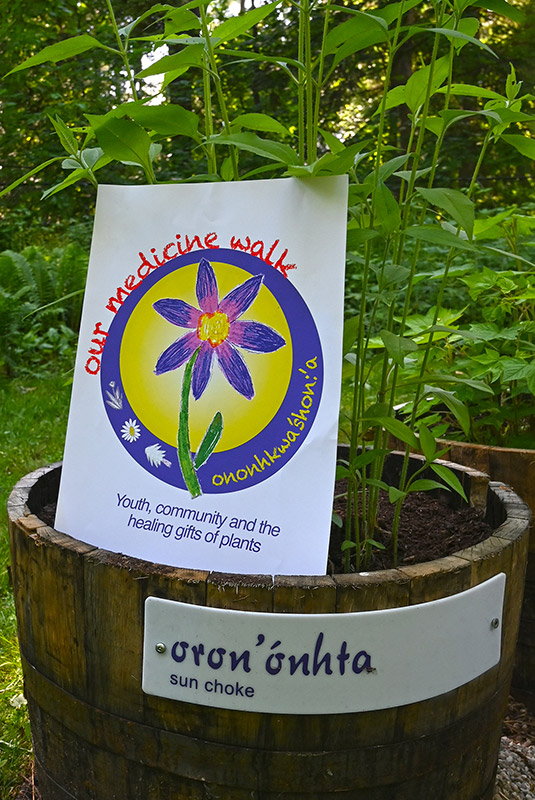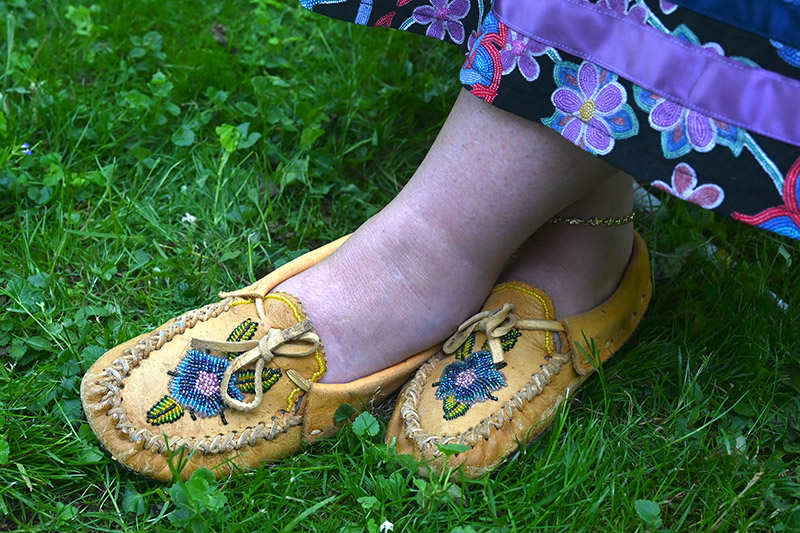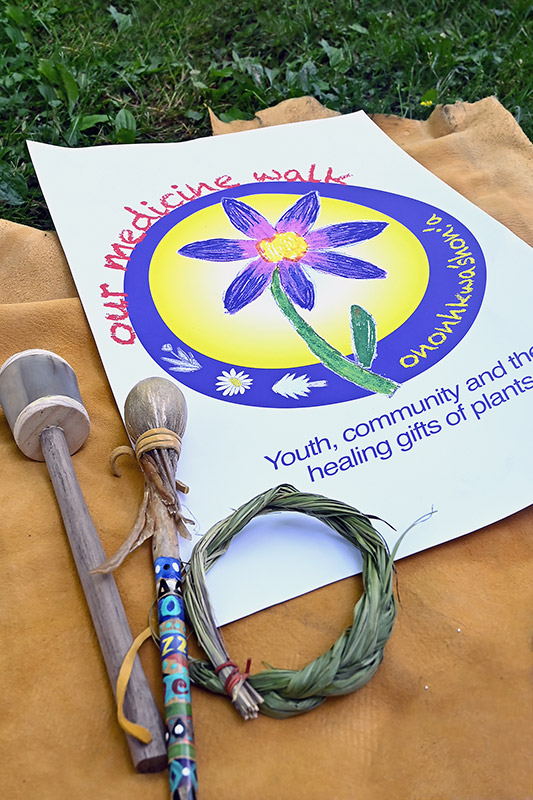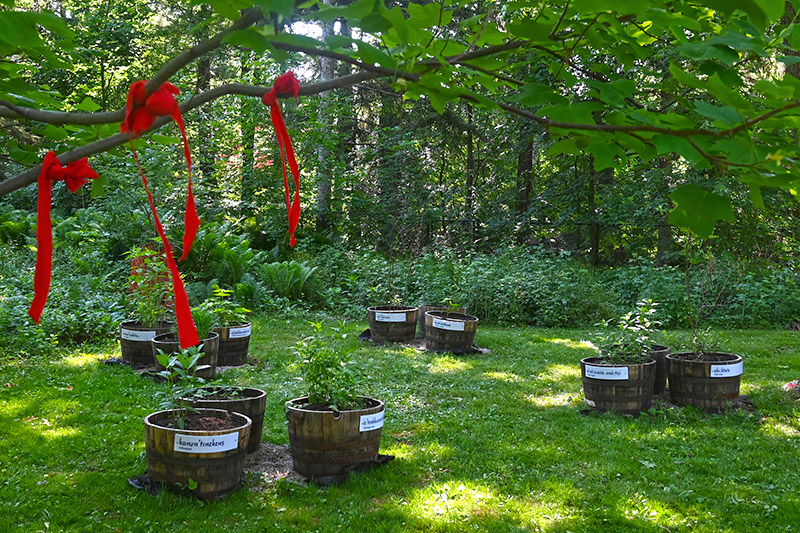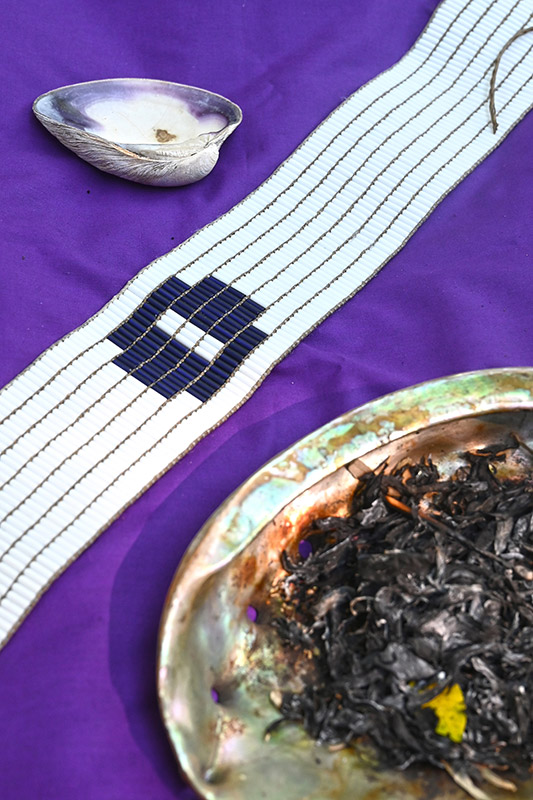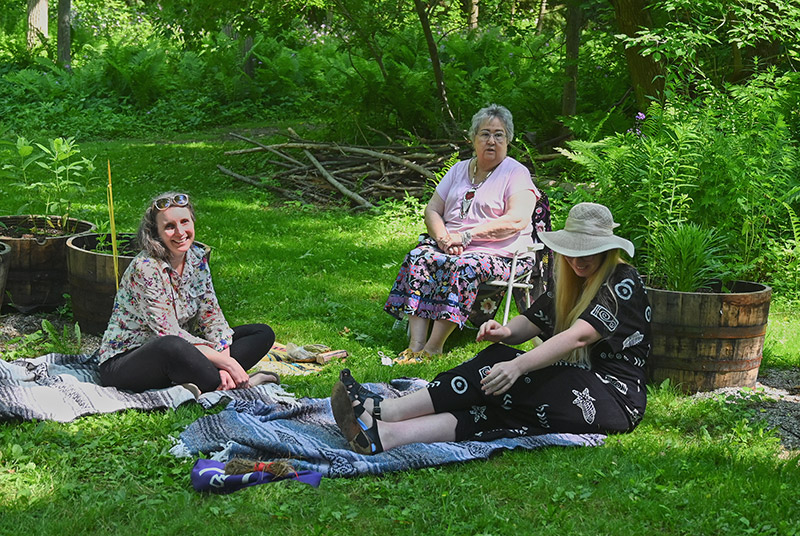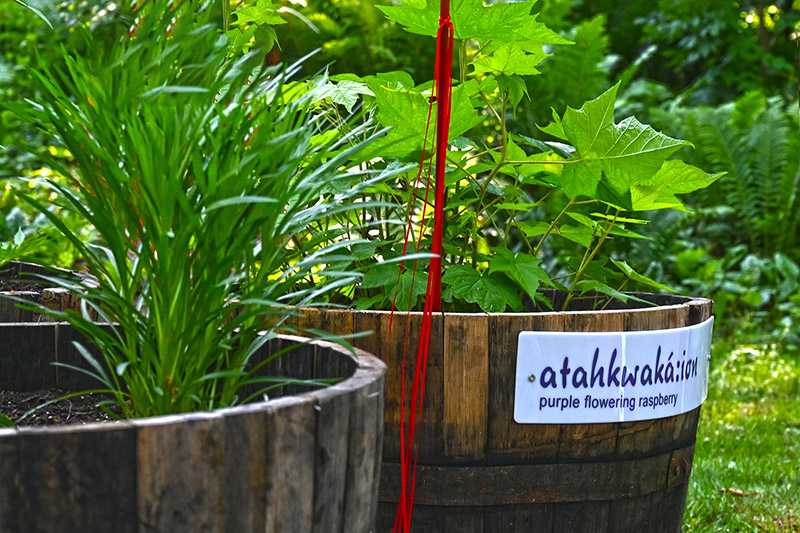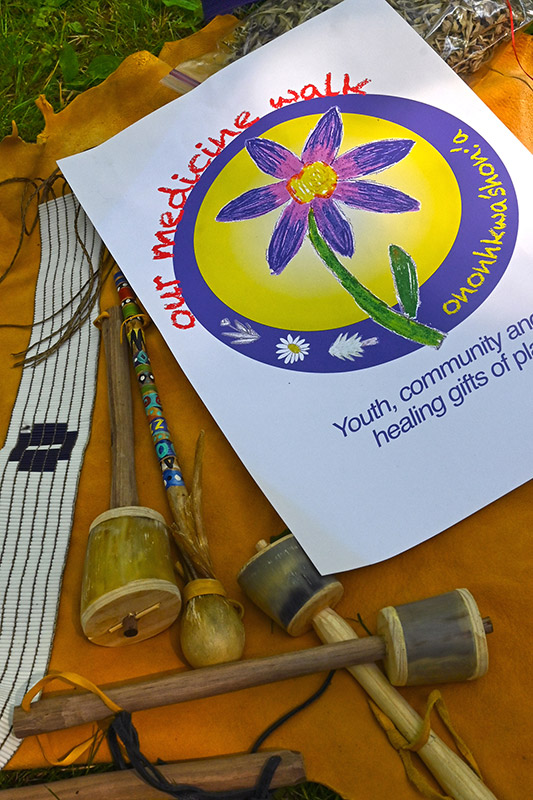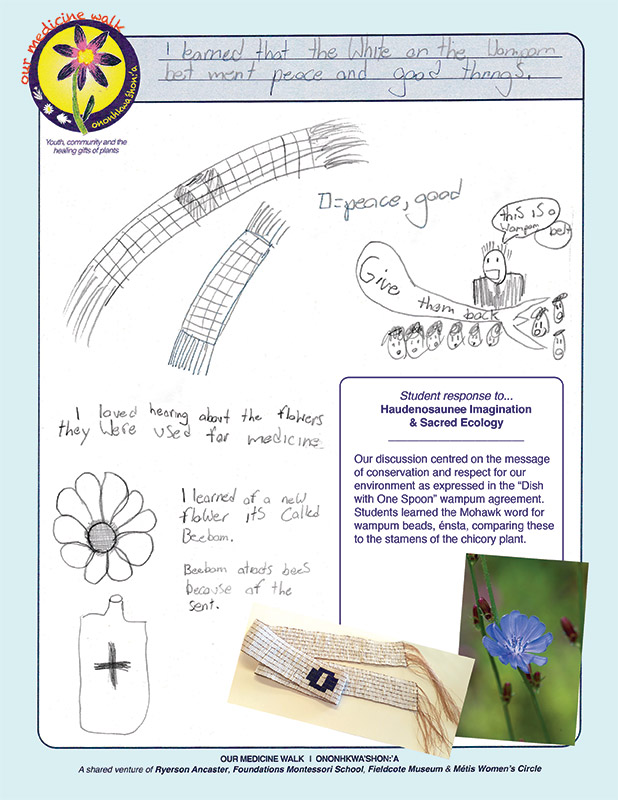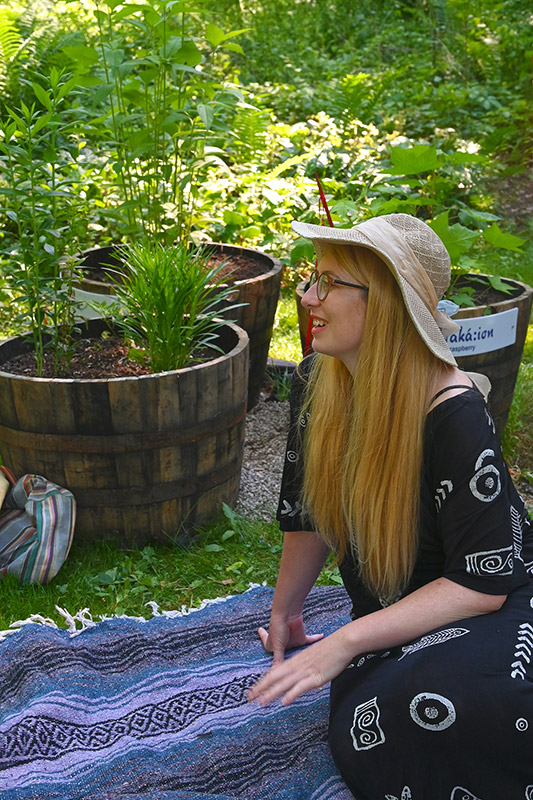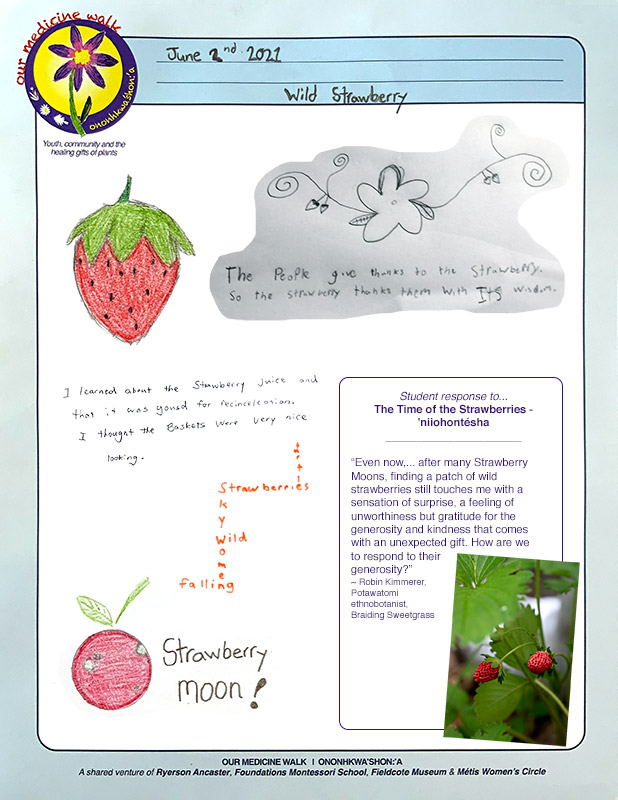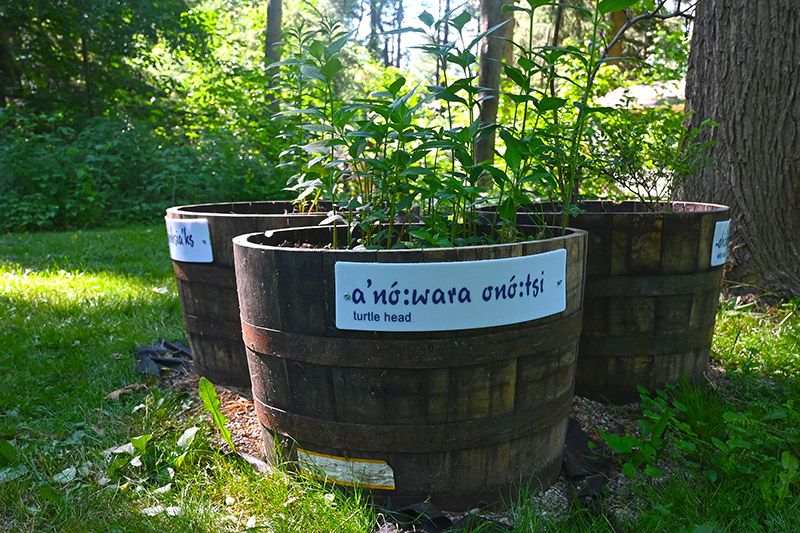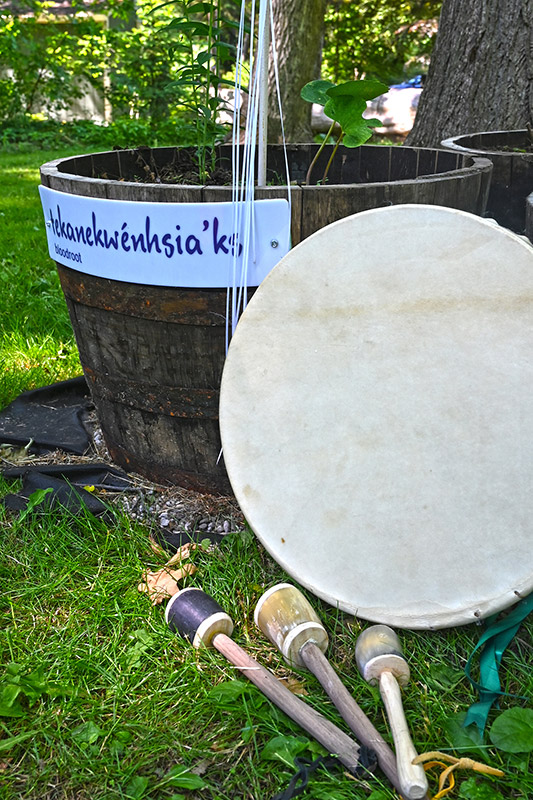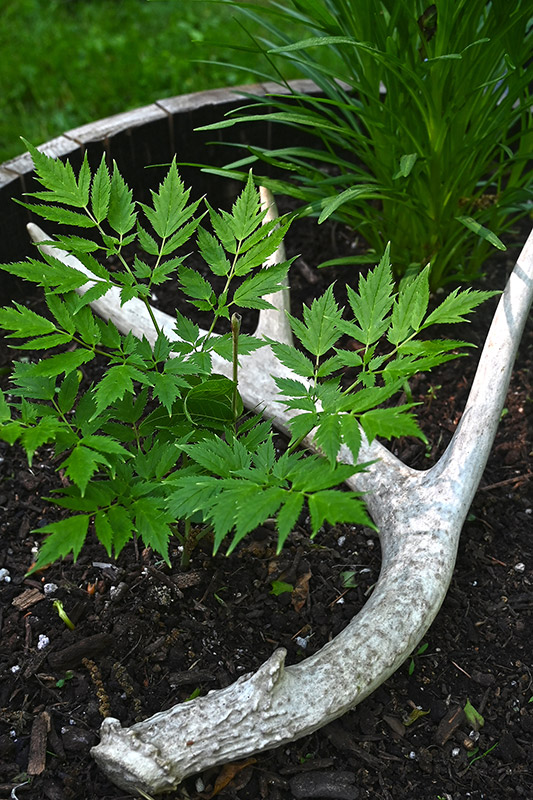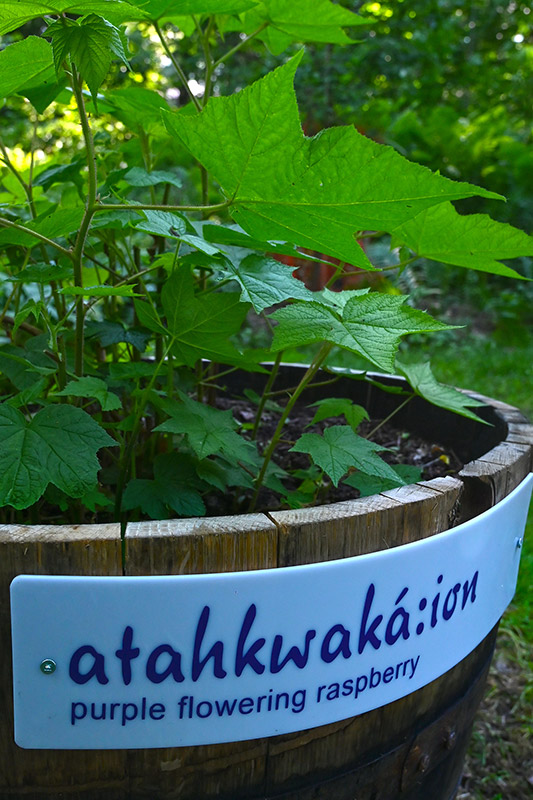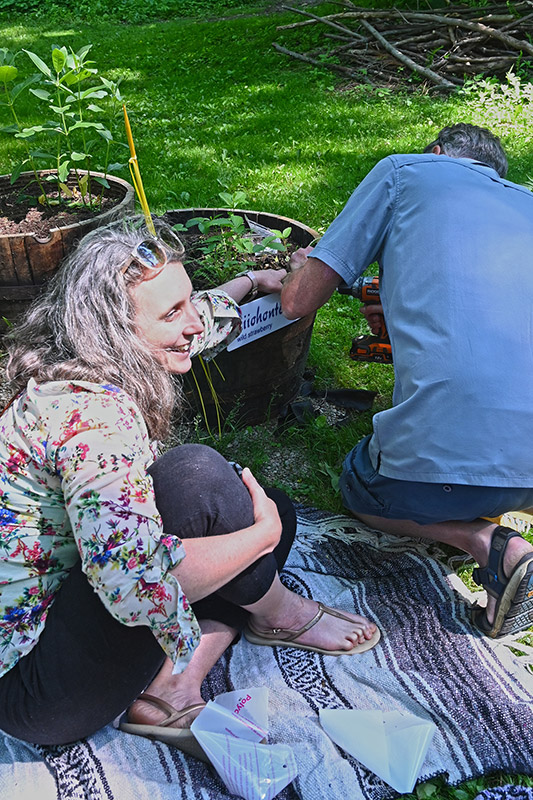
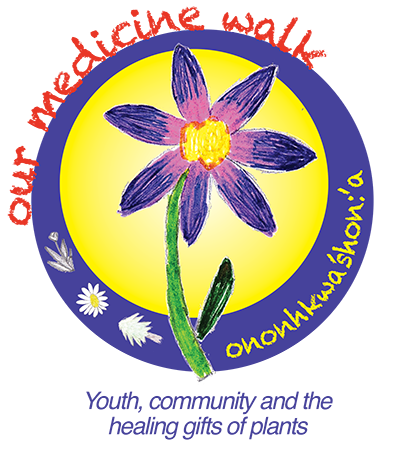
Youth, Commmunity and the Healing Gifts of Plants
In the late spring and summer of 2021, the Métis Women's Circle worked in partnership with Ryerson United Church in Ancaster and students from Foundations Montessori School to create a site at Fieldcote Museum which featured indigenous healing plants.
This is a gathering place to explore indigenous species plants from the perspective of health and wellness. The plants will serve as our guides for intercultural learning. Goals are: • building social networks; • connecting with nature and recognizing the importance of biodiversity; • sharing traditional and Indigenous knowledge. Ancaster News Article
"Even now... after many Strawberry Moons, finding a patch of wild strawberries still touches me with a sensation of surprise, a feeling of unworthiness but gratitude for the generosity and kindness that comes with an unexpected gift. How are we to respond to their generosity?" Robin Wall Kimmerer, Potawatomi ethnobotanist, from Braiding Sweetgrass.
FACEBOOK PAGE
 "Our Responsibilities in Picking Medicines"
"Our Responsibilities in Picking Medicines"teachings from Sadie Buck
Seneca Nation - Turtle Clan
___________________
There are several protocols involved in "picking medicines". Following the instructions of community Elders, Sadie shared her approach in gathering a variety of plants from across southern Ontario, Quebec and the northern states. She records inventories and mappings in her mind to ensure these little beings can be found year to year. Careful conservation methods are observed ensuring these precious gifts of healing can be passed down to others. Without this respect, the medicines will travel or disappear.
"Skunk Cabbage"
teachings from Dr. Carole Leclair
Manitoba Métis Federation / Métis Women's Circle
___________________
Skunk cabbage grew on Grandmother's land, down by the creek. Its rotten smell attracted flies and insects. Early in Spring, a bear might visit, looking for leaves and roots, which to them tasted delicious. In Fall, the roots could be dug up, dried and used as medicine. After boiling the dried roots, the tea could be very useful for coughs. When treated this way, the skunk cabbage roots didn't smell at all.
"Prayer Ties"
teachings from Lynn Nicholson
Haudenosaunee / Métis Women's Circle
___________________
We placed red cloth prayer ties in one of the trees overlooking our planting. These are meant to show our thanks to Creator for the healing properties of the plant beings, each with their own original instructions. When harvesting a plant to make medicines, we offer tobacco, oien'kwa, and explain to them why we need their help.
In the Students' words:
"The people give thanks to the strawberry so the strawberry thanks them with its wisdom."
"These plants were used for medicine. They were not weeds."
"I loved hearing about the flowers. They were used for medicine. It was so fun learning."

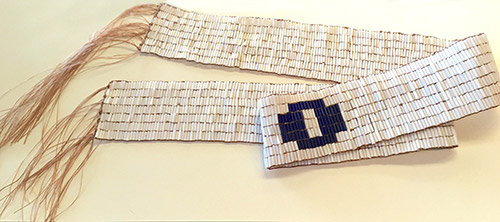
Indigenous Imagination
& Sacred Ecology
Our discussion centred on the message of conservation and respect for our environment as expressed in the "Dish with One Spoon" wampum agreement.
Students learned the Mohawk word for wampum beads, énsta, comparing these to the purple stamens of the chicory plant.
Chicory/wampum idea concept:
Pat Hess
Cayuga Nation - Wolf Clan
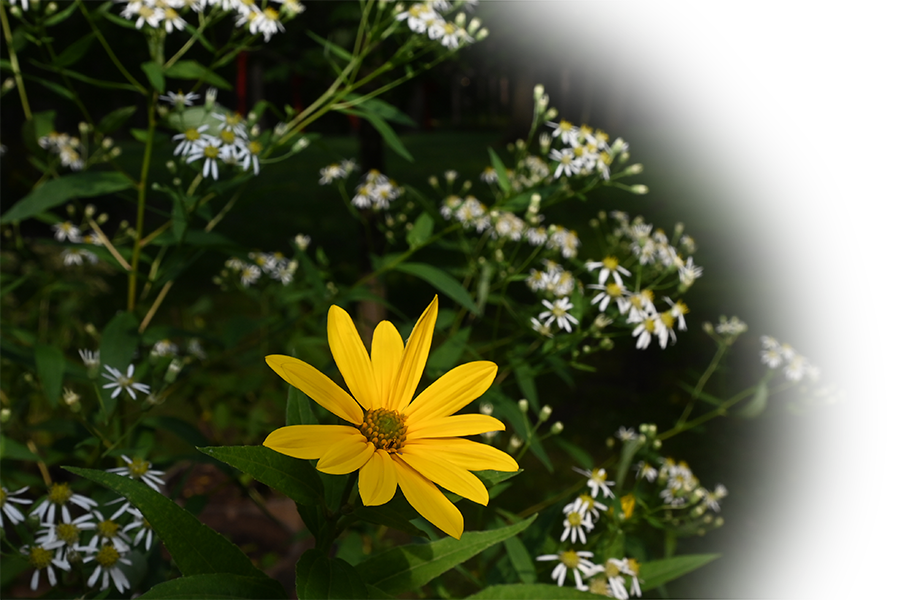 ie'tonhkwanostáhkhwa.....................Oswego tea
ie'tonhkwanostáhkhwa.....................Oswego teatekanekwénhsia'ksa...............bloodroot
a'nó:wara onó:tsi.....turtle head
kontiràthens...Virginia creeper
ohi:ktate.........wild rose
teionerahtawe'é'ston...............boneset
kanon'tínekens....................................milkweed
atahkwaká:ion......purple flowering raspberry
ie'tonhkwanostáhkhwa.....................Oswego tea
oron'ónhta......sun choke
ori'ko:wa.........................wild cherry
niiohontèsha.......wild strawberry
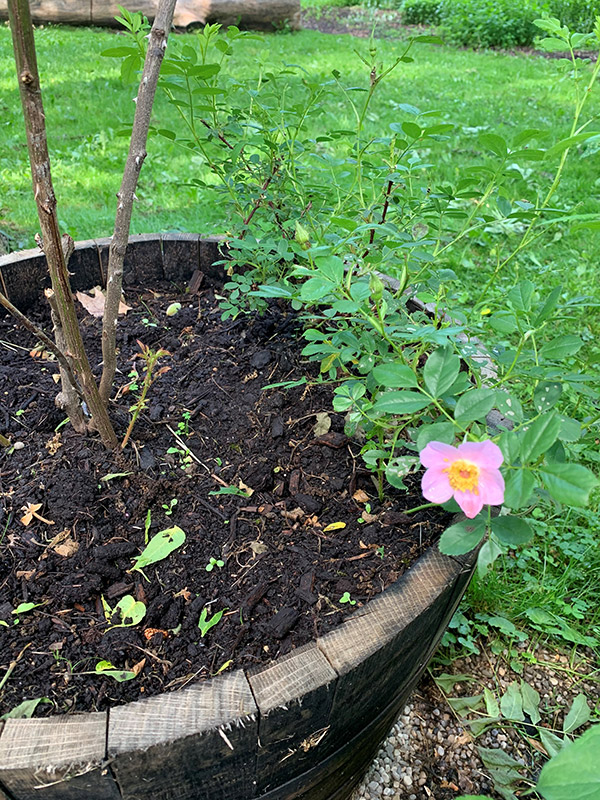 Friday, June 10th
Friday, June 10th Our little wild rose has bloomed! Ohì:ktate!
___________________
We were delighted to arrive at our medicine planting today to find the first wild rose bloom of the summer! So delicate - five pale pink soft petals. Various regalia and fancy dance shawls showcase beautifully beaded roses. Wild roses are edible and have been used as medicine for hundreds of years. Those little petals contain antioxidants, vitamins A, B, C, E, and K and minerals calcium, iron, and phosphorous.
Harvest rose petals in the early summer when they are new and fragrant. Fresh petals can be placed into water along with their relatives the strawberries for a cool drink. Or, steep dried rose petals in hot water for a mild, fragrant tea. A salad with rose petals sprinkled on top is appetizing.
Robin Wall Kimmerer
Potawatomi ethnobotanist
from Braiding Sweetgrass
Top of page


